Two murderers could be behind killing spree that claimed lives of six women
A new controversial theory about the murders of six Victorian women in bushland more than 40 years ago has emerged in a new book.
True Crime
Don't miss out on the headlines from True Crime. Followed categories will be added to My News.
One of Australia’s most infamous cold cases may have been the work of two serial killers working in tandem.
The Tynong North and Frankston serial killings claimed the lives of six women, ranging in age from just 14 to 73, who were either forced or tricked into cars while walking along busy suburban Melbourne roads, some in broad daylight.
Three of the victims were found in bushland in Tynong North, east of Melbourne, in 1980, while the naked and decomposing bodies of two other women were uncovered in scrubland in suburban Frankston. A seventh unsolved killing has been linked to the murders.
More than 40 years later, the murders of Allison Rooke, 59, Bertha Miller, 73, Catherine Headland, 14, Ann-Marie Sargent, 18, Narumol Stephenson, 34, and Joy Summers, 55, remain unsolved — despite the posting of six $1 million rewards in 2017 by Victoria Police.
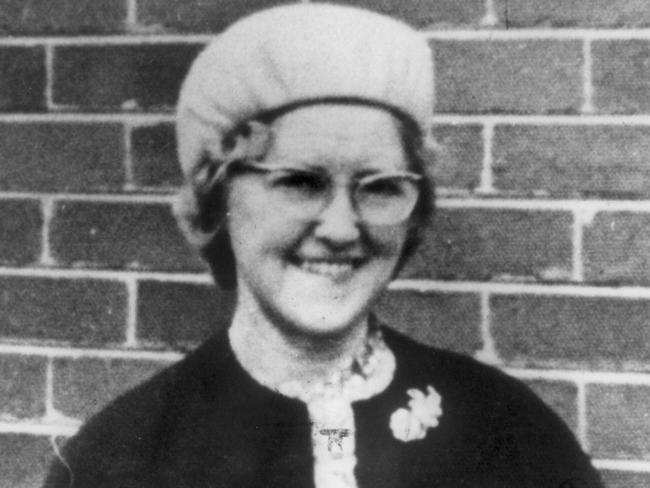
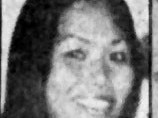
In his new book Somebody Knows Something, Melbourne-based crime writer and lawyer Brian Williams raises the possibility that the murders may have been carried out by two opportunistic predators working together.
“These women were innocently going about their daily lives, doing the things they normally did, wandering along streets and busy roads. Somehow they have crossed paths with this person or persons.
“They may have been tricked into a car by someone who was very non-threatening or taken by force.”
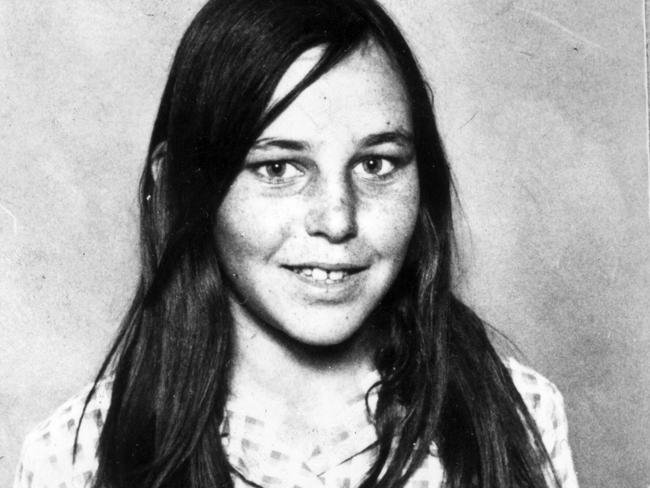
Dr Williams said the fact that the women were abducted from busy roads and freeways indicated that the victims may have been bundled into a vehicle, which would have taken the strength of two people.
The renowned crime author told News Corp Australia he wanted to write a definitive account of the horrific murders to shed light on the case and help find “the missing piece of the puzzle”.

“A lot of my passion in writing this book came from the injustice of the situation. I was a similar age to the younger victims when the crimes occurred,” he told News Corp Australia.
“Time has moved on, we have hit the 40-year mark and no one has been brought to justice.”
Dr Williams titled his book Somebody Knows Something as he believes this could be the key to the murders being solved and the killer or killers caught.
“Someone may have been sitting on something for all these years,” he said. “All of the poor victims, except one, were found naked. Whoever committed these murders would have been souveniring clothes and belongings went missing. Did anyone ever see anyone dumping them?”
Aged just 14, Catherine Headland was the youngest Tynong North murder victim.
She disappeared while walking to catch a bus on the Princes Highway at Berwick, in Melbourne’s southeast, to do a shift at the supermarket where her mother also worked.
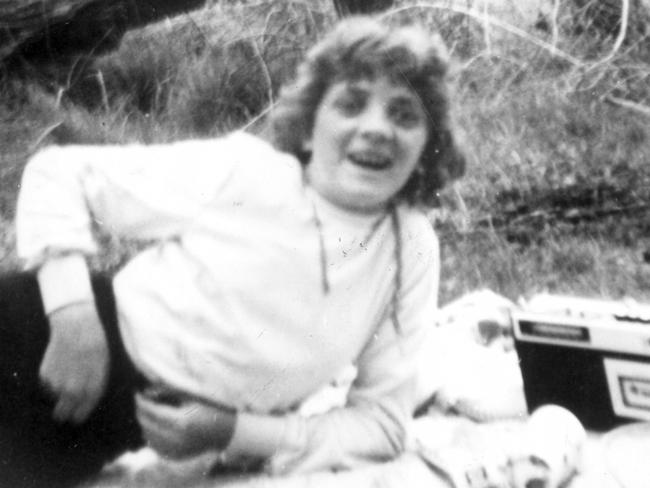

The teenager’s skeletal remains were found along with those of Ann-Marie Sargent and Bertha Miller at a bush track on December 6, 1980.
Cheryl Goldsworthy, who was Catherine’s best friend, told News Corp Australia she believes the young girl was taken by force, most likely by two people.
She said there was no way the popular and vibrant teenager would have agreed to getting into a stranger’s car.
“She would have been kicking and screaming – she wouldn’t have gone down without a fight,” Ms Goldsworthy said.
“Someone must know something, I have been saying this for years,” she said. “Six people go missing in broad daylight and no one saw anything? It’s just ridiculous,” she said.
Ms Goldsworthy said the murder of Catherine — who was “in the wrong place at the wrong time” — had a devastating effect on those who knew and loved her.
She said she wants justice and closure for Catherine’s parents.
“I still can’t comprehend it. Someone must know something — they’ve just got to talk.”

‘SOMEONE KNOWS SOMETHING’ EXTRACT
The Tynong North and Frankston killer was not only able to strike with the speed of a snake but could do so without creating an obvious fuss or commotion.
This pointed to a person with a certain air of persuasiveness or perceived authority. Perhaps even a fair share of credibility. Did he wear a uniform? Or a disguise? Either way, he was able to blend in, and was apparently convincing enough to get women to initially comply with his requests.
In all likelihood, he may also have employed some sort of ‘trick’ to lure his victims. Perhaps he feigned illness or injury, or requested assistance, asked for directions, or acted like a good Samaritan, even though he was really a bad Samaritan just trying to edge females closer to his car.
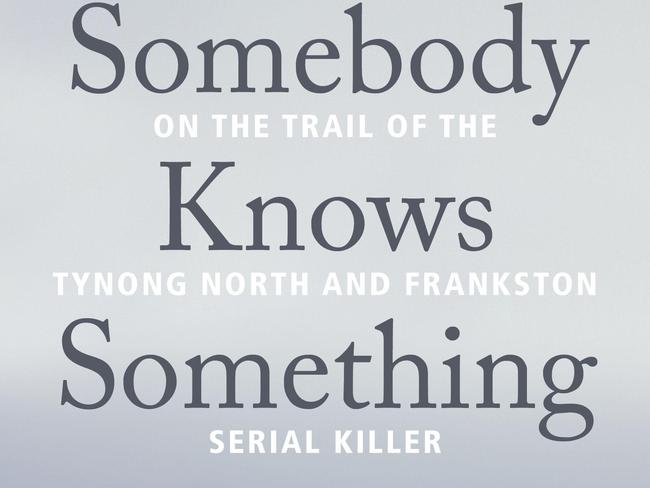
With a bit of guile, he needed to quickly gain their trust and slip under their guard.
All of the Tynong North and Frankston victims were friendly and helpful types of people – they were very likely to lend a hand to a harmless looking person urgently expressing need.
This type of predatory, stalking behaviour is common with psychopaths, an infamous example being American serial killer Ted Bundy who had once worn a fake plaster cast on his arm when asking women for help loading a sailboat onto his car, and was also known to impersonate a police officer on the ‘official’ search for information.
By their very nature, murderous psychopaths are devious and secretive liars. They are often loners, as well as losers. They not only live double lives, but also need to be chameleon-like, adapting their behaviours as required in public.
To the outside world they don’t obviously embody evil, or parade around with little green horns sprouting out of their head. As part of their charade, they are very good at looking normal, which explains why it has been so often said that no-one ever seems to think they live next door to a serial killer.
But surely those who closely knew this person in private would have seen more worrying glimpses of behaviour behind closed doors – the types of traits more readily akin to a domineering, cruel, bullying, woman-hater with a short fuse.

Even forty years later, the Tynong North and Frankston murderer may have left tangible clues behind, none of which are exclusively reliant upon any careless boasts he may have made, or bouts of suspicious behaviour he has displayed.
With the exception of the wedding ring on Allison Rooke’s finger and the leather strap around Catherine Headland’s ankle, he was either canny enough or stupid enough to souvenir the clothing and jewellery of nearly all his victims.
Whatever happened to this ghoulish stash? Was it systematically destroyed, or has it since been uncovered? Is this virtual emporium of goods still sitting somewhere in hiding, ripe for recovery? Or can somebody recall having seen any of the associated items?
Finding any of this stockpile would provide a vital boost to the ongoing investigations – not only could any of the associated items link the killer to his horrible deeds, they could also
possibly provide the vital DNA evidence required to establish a case against him.
******
As previously mentioned, there is the curious fact that the Tynong North and Frankston serial killer appeared to suddenly curtail his psychopathic string of murders, pulling up stumps after killing Frankston’s Joy Summers in October 1981.
Given that it is safe to assume this had little or nothing to do with a sharp twinge of conscience, why did this uncontrollable behaviour suddenly stop?
There may well have been a significant intervening event in this person’s scummy little life around that time, other than the cops getting a bit close for comfort. Did this person die, or
was he suddenly struck down by severe illness or disability? Did he end up wearing prison jimjams for an unrelated offence? Did he move interstate? Did his personal circumstances suddenly change dramatically?
There is a high likelihood that somebody out there knows the answer to these questions.
Somebody Knows Something – by Brian Williams, New Holland Publishers RRP $32.99 available from all good book retailers or online at www.newhollandpublishers.com.au
More Coverage
Originally published as Two murderers could be behind killing spree that claimed lives of six women





